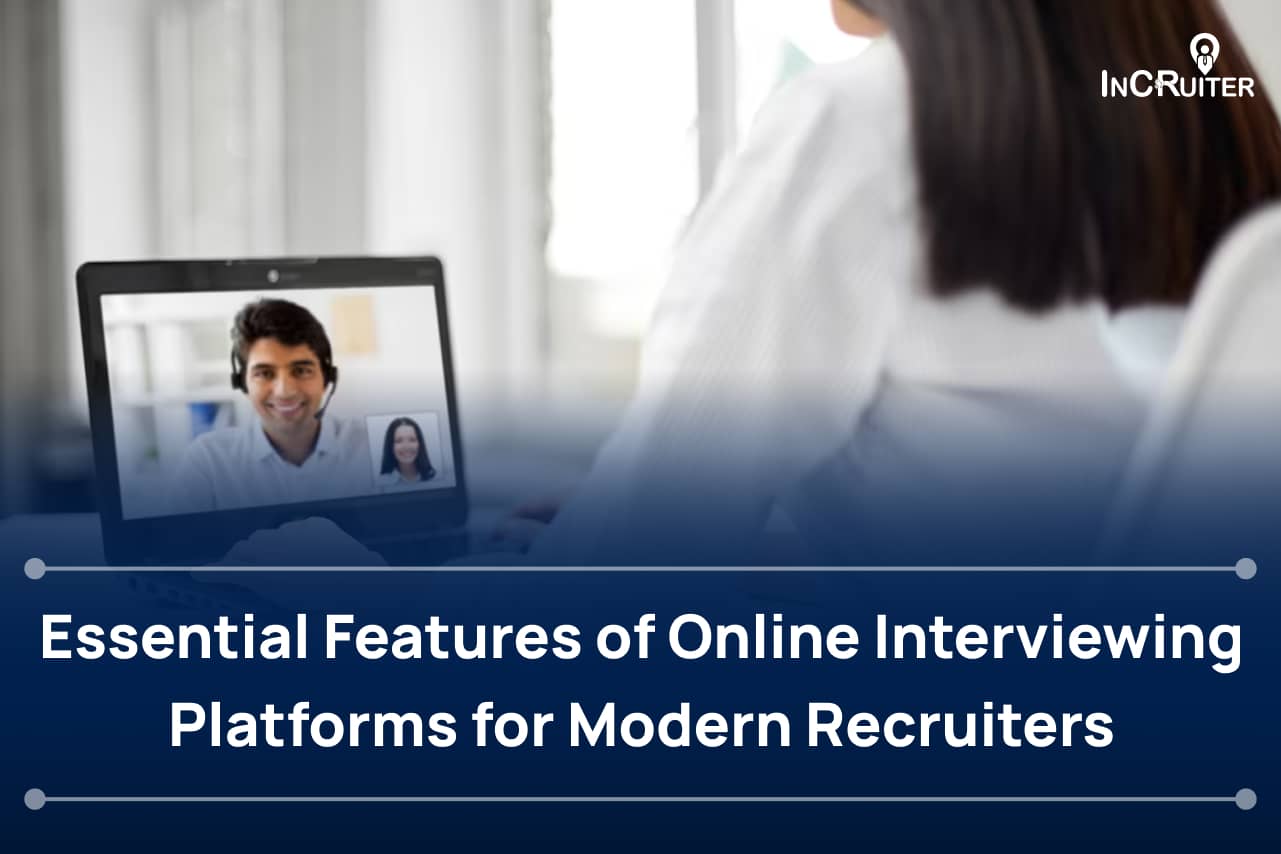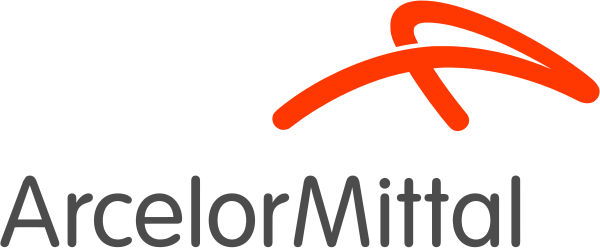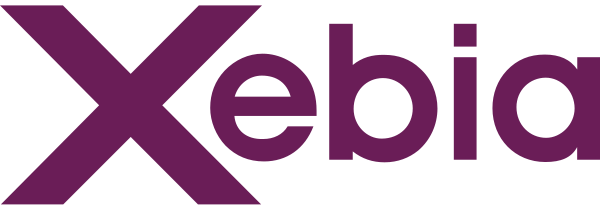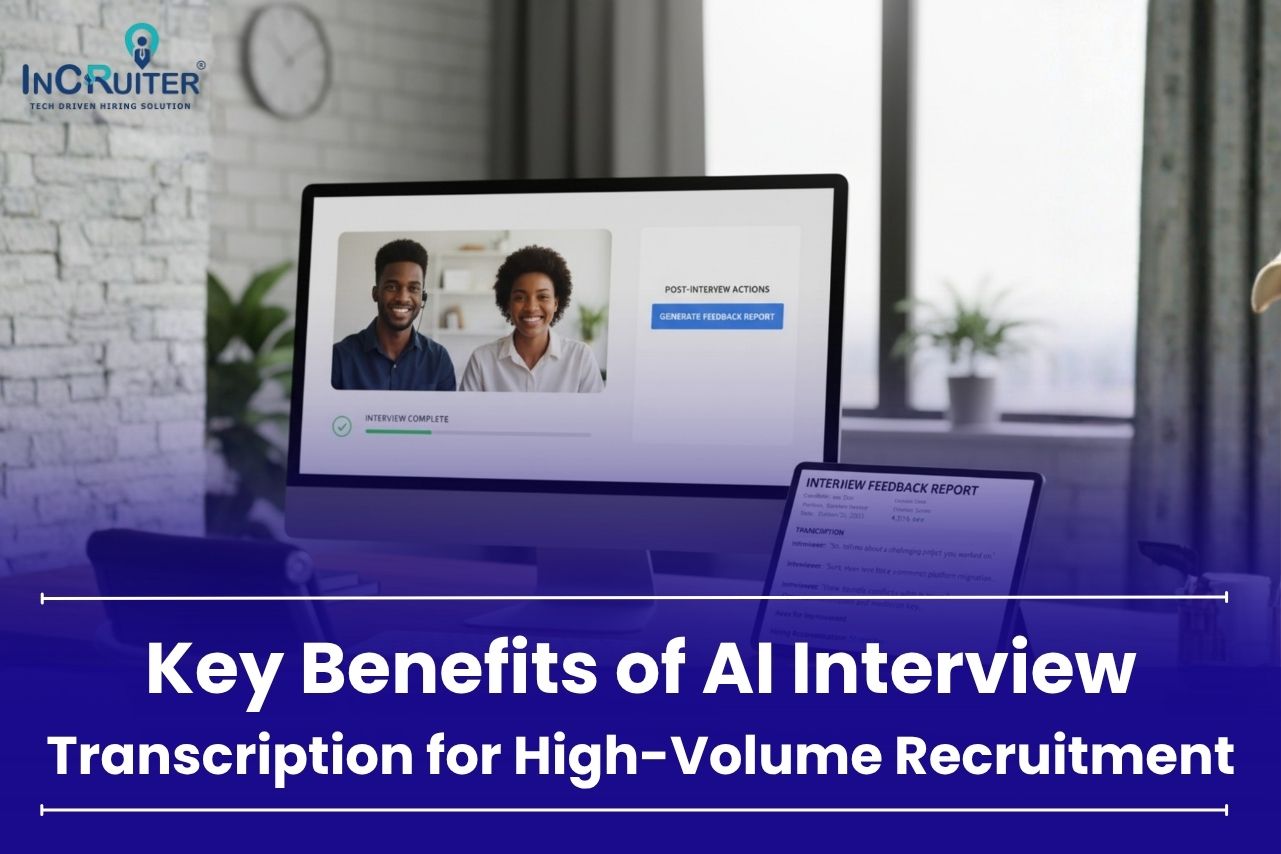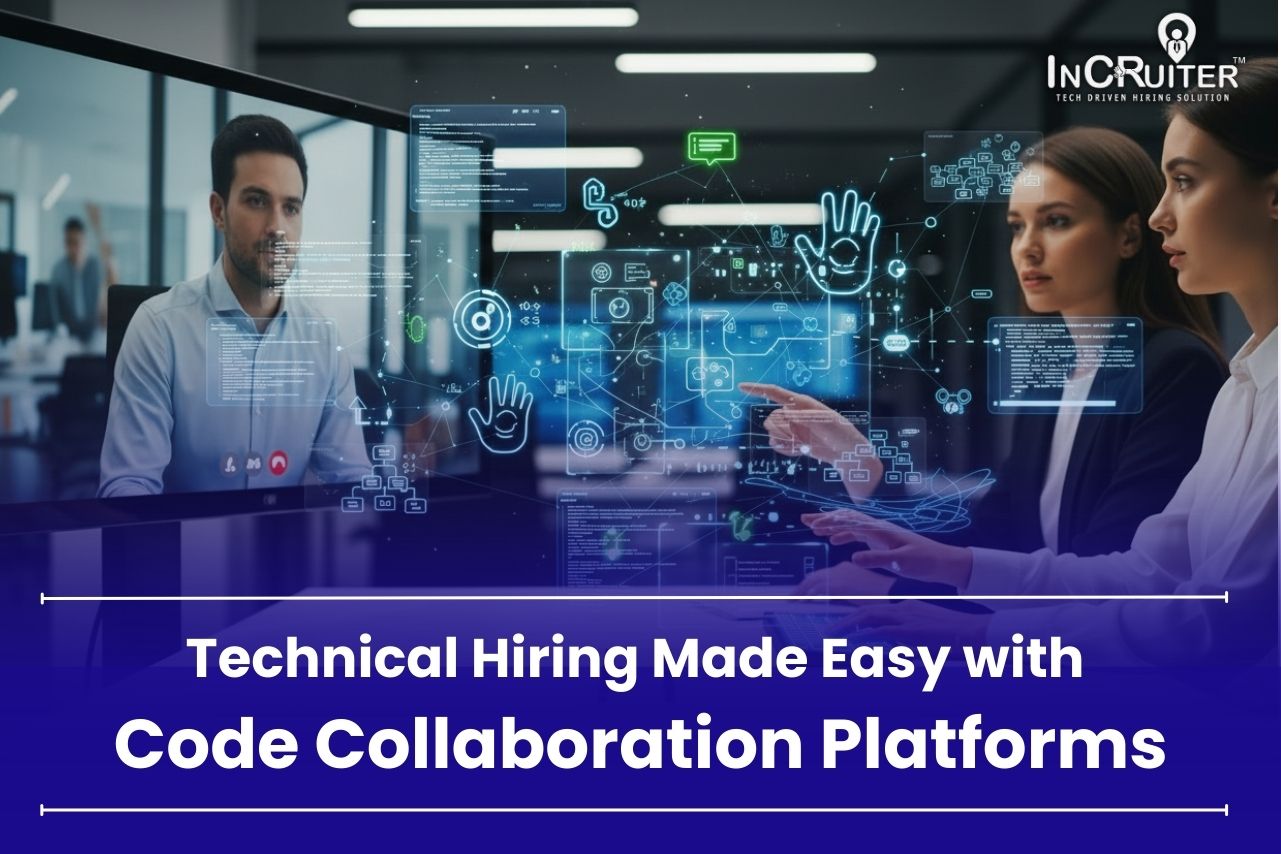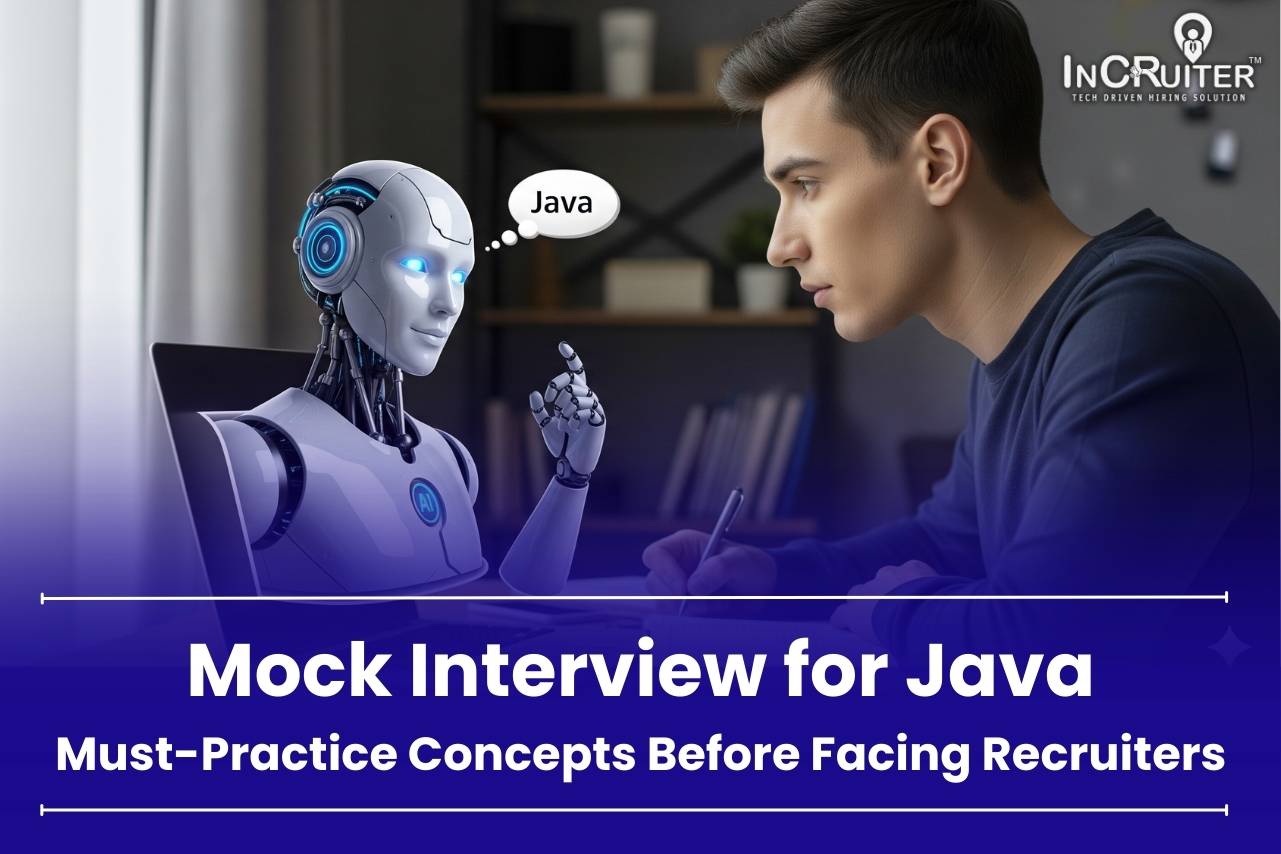More than 90% of companies today rely on remote interviews to hire top talent across the globe. However, while businesses recognize the convenience and efficiency of online interviews, less than 1% truly understand what features are essential in an Online interviewing platform. Many recruiters assume that a basic video call is enough only to face biased hiring decisions, technical limitations, and security loopholes that lead to poor hiring outcomes.
So, what separates a powerful online interviewing platform from a basic video conferencing tool? In this guide, we’ll explore the must-have features to help recruiters make smarter, data-driven hiring decisions.
Key features every Online Interview Platform should have
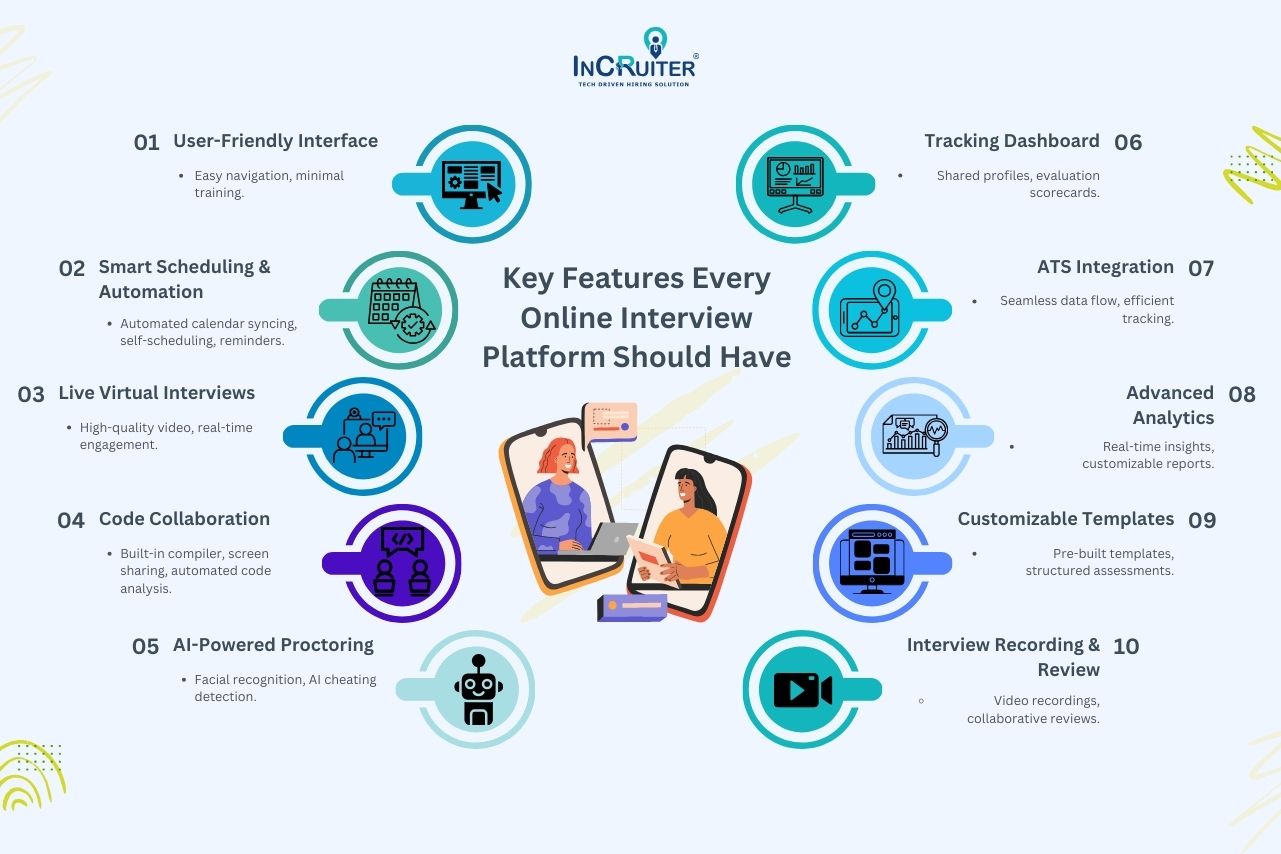
Intuitive & Easy-to-Use Interface
An online interview platform works best when it’s simple and easy for everyone. The dashboard should be easy for both recruiters and candidates to get the hang of quickly. You don’t want anyone wasting time figuring out how to use the platform. Everything like scheduling interviews, hosting them, and reviewing candidates should be clear and easy to navigate. This helps recruiters focus on finding the right talent instead of battling with complicated software. For candidates, it means a smooth, professional interview experience that helps the company come across as organized and welcoming.
Smart Scheduling & Automation
Recruiting can take up a lot of time, especially when it comes to scheduling interviews. Smart scheduling tools save a huge amount of time by letting the platform take care of it for you. These tools sync with your calendar, suggesting times that work for everyone, no matter their time zone. Candidates can choose from available slots on their own, and automatic reminders ensure no one forgets about the interview. This makes the whole process faster and more organized, while also reducing the chances of candidates not showing up.
Live Virtual Interviews for Real-Time Interaction
When you’re interviewing virtually, the quality of video and sound matters a lot. A great video conferencing system makes it easier to have natural conversations, just like in person. You want a platform that has steady connections and clear audio so that you can pick up on the little things like body language and tone just as you would face-to-face. This helps you understand how well a candidate communicates and whether they would fit in with the team. A live, interactive environment is key to making a good decision.
Code Collaboration to Test Problem-Solving Skills
For tech roles, you need tools that let candidates show their skills as they solve problems. A good Coding interview platform should support real-time collaboration, allowing candidates to write and debug code together with the interviewer. It should also support different programming languages so you can test how candidates approach problems. With live feedback tools, you can evaluate their thought process and the quality of the code they write, ensuring you’re assessing the right skills.
AI-Powered Security for Safer Hiring
In remote interviews, security is crucial. AI-powered proctoring keeps things safe by using facial recognition to confirm a candidate’s identity. The system also watches for any unusual behavior, like screen sharing with others or suspicious movements. This automated system helps you catch potential cheating while still keeping things respectful for the candidate. It’s all about making sure the interview is fair and that you’re getting an honest evaluation.
Tracking Dashboard for Hiring Teams
Hiring decisions are better when everyone on the team has easy access to the same information. A tracking dashboard makes that possible by giving everyone on the hiring team access to the candidate’s interview recordings, feedback, and progress in the hiring process. It allows real-time collaboration, so team members can share notes and opinions quickly. This makes the process more organized and ensures everyone is on the same page when making decisions.
ATS Integration for Smoother Hiring
A good hiring platform should talk to your Applicant Tracking System (ATS) so everything stays in sync. With ATS integration, you don’t have to worry about entering the same information twice. Interview schedules, feedback, and scores should all automatically flow into the ATS, keeping your candidate records accurate and up-to-date. This saves time, reduces errors, and gives you a complete view of each candidate from start to finish. A survey states that over 89% of respondents think that AI could help with the application process for candidates.
Advanced Analytics & Reporting
Smart hiring also means using data to guide decisions. A platform with strong analytics tools helps track important metrics like how long it takes to hire, how effective interviewers are, and how many candidates make it to the next stage. By reviewing these patterns, recruiters can find out where things might be slowing down and fix it. These insights help make the hiring process faster and more cost-effective while improving decisions based on real data.
Customizable Interview Templates
To make sure you’re evaluating all candidates fairly, it helps to have structured interviews. Customizable templates allow you to create questions that match the job and the company’s needs. These templates might include behavioral, technical, or situational questions, with clear ways to score responses. By using templates, you can keep things consistent and reduce bias in your hiring process, giving all candidates an equal shot.
Interview Recording & Review Features
Recording interviews is essential for both reviewing candidates and meeting legal requirements. The platform should let you record both audio and video clearly. You should also be able to jump to any part of the interview easily. With time-stamped notes and the ability to share specific moments, the team can collaborate better and keep their feedback consistent. This feature helps ensure that all reviews are based on the same information, leading to fairer decisions.
Choosing the Right Online Interviewing Platform
Always seek an online interview platform that focuses solely on qualitative service. When selecting an online interview platform, recruiters should focus on features that align with their hiring needs. AI-driven security, automation tools, ATS integration, and real-time collaboration are some essential traits. Analytics and reporting tools provide valuable insights into hiring trends.
Additionally, user-friendliness matters. A complex system can slow down hiring teams. A streamlined, intuitive interface ensures smooth operations. Security is another key factor that is a must in video interview solutions, with AI-powered proctoring guaranteeing anonymity. Companies can improve hiring efficiency and candidate experience by choosing the right platform.
Also read: Video Interview Tool for Rapid Hiring, and On-Demand Interviews
Conclusion
“A happy recruitment means a happy employer.” Online interview platforms are not just transforming hiring but uplifting the workplace dynamics. AI, automation, and collaboration tools are pivotal in making recruitment faster and more efficient. Now, when it comes to selecting the right platform, it can get a bit tricky. Here’s presenting to you- InCruiter. One of the most structured, data-backed interview service providers, InCruiter hires top talent without unnecessary delays. Cover all the bases and optimize your hiring with InCruiter! Try this AI-powered Video Interview Software today!






